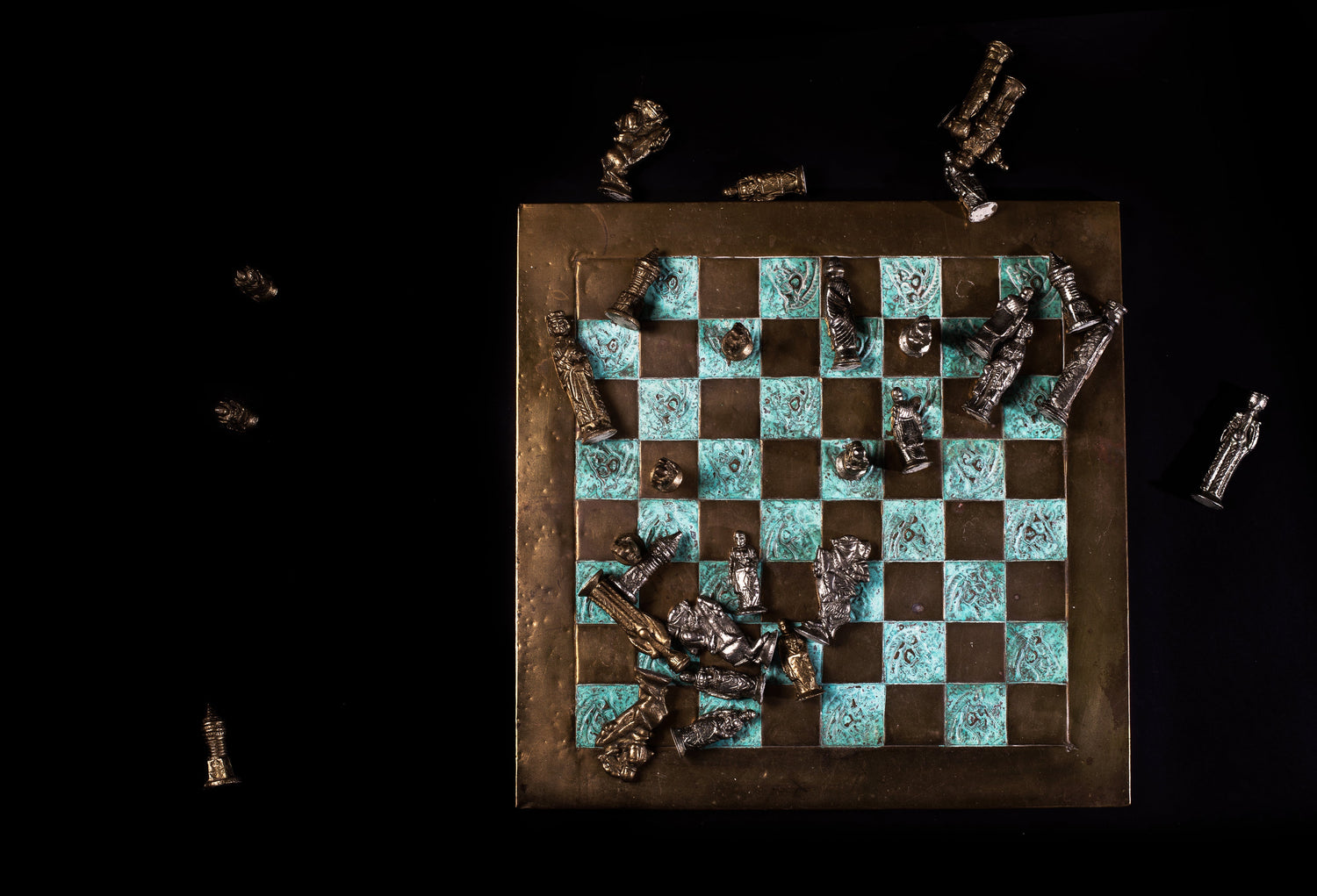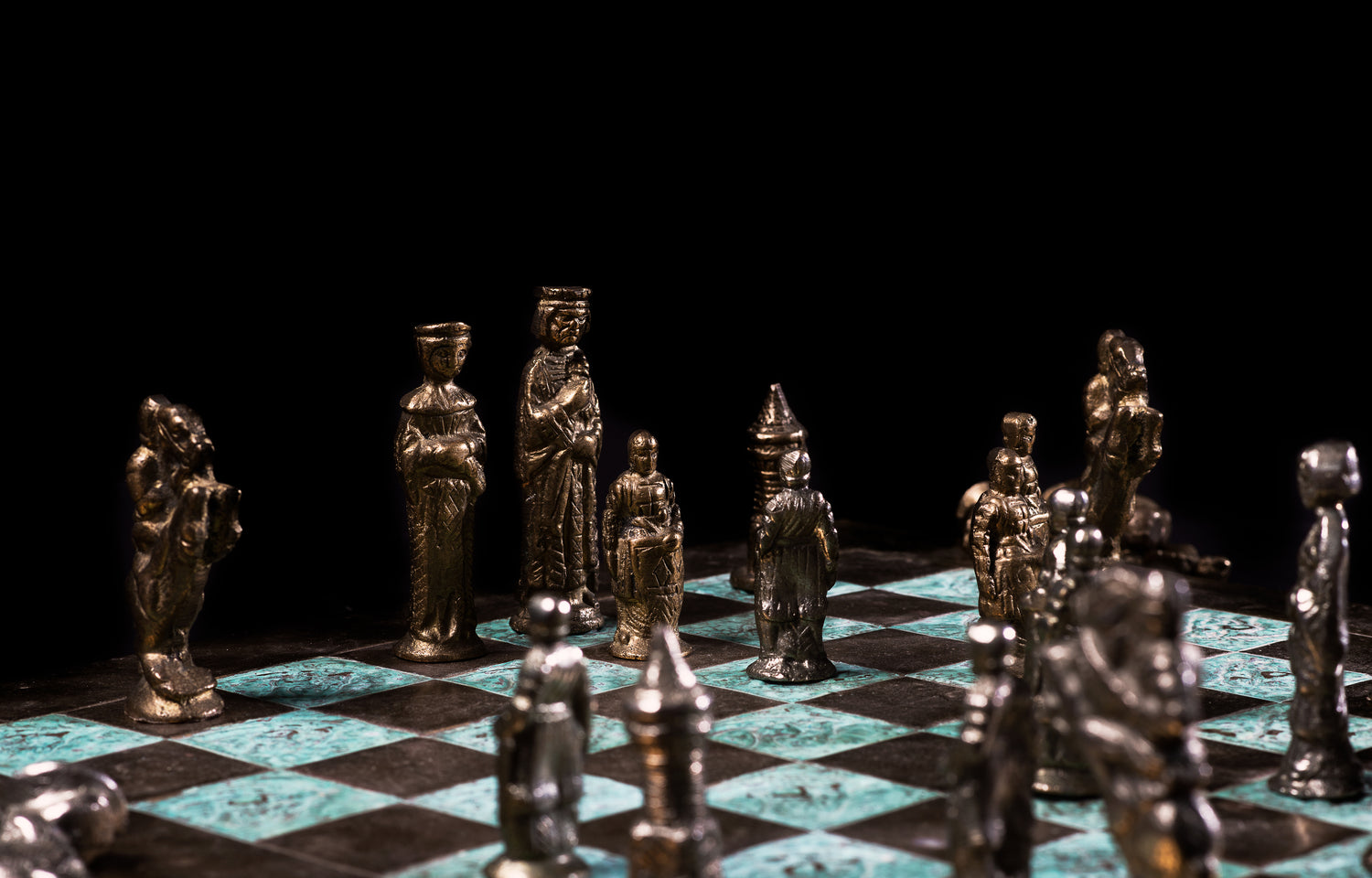Chess, a game of strategy and intellect, has captivated minds for centuries. Its journey from ancient origins to the modern game we know today is a fascinating tale of cultural exchange, adaptation, and refinement. This article delves into the historical perspective of chess, tracing its evolution from its earliest forms to the standardization of modern rules.
The Ancient Roots: Chaturanga in India
The story of chess begins in India during the Gupta Empire, around the 6th century AD. The game, known as Chaturanga, is widely regarded as the ancestor of chess. Chaturanga, meaning 'four divisions' in Sanskrit, represented the four branches of the military: infantry, cavalry, elephants, and chariots. These were represented by different pieces, each with unique movements on the board. While the rules differed significantly from modern chess, the core concepts of strategy, tactics, and piece coordination were already present.
The Persian Transformation: Shatranj
From India, Chaturanga spread eastward to China and westward to Persia. It was in Persia that the game underwent significant transformation and became known as Shatranj. The Persians refined the rules and introduced new terminology, many of which are still used today. For example, 'Shah' (King) and 'Shah Mat' (the King is dead) originated from Persian.
Shatranj pieces also had different movements compared to modern chess. The 'alferza' (counselor), corresponding to the modern Queen, was a weak piece only moving one square diagonally. The 'fil' (elephant), corresponding to the modern Bishop, could jump two squares diagonally. Pawns could only move one square forward and did not have the initial two-square option. The objective remained the same: to checkmate the opponent's King.
The Arab World and the Spread to Europe
With the Islamic conquests of Persia in the 7th century, Shatranj spread throughout the Arab world. Arab mathematicians and scholars studied the game extensively, developing chess problems and analyzing openings. From the Arab world, Shatranj made its way into Europe via Spain and Italy during the 10th century. The game was adopted by the European aristocracy and became a popular pastime.
European Modifications: The Birth of Modern Chess
It was in Europe that Shatranj underwent the most radical changes, ultimately leading to the birth of modern chess. During the 15th century, a series of rule modifications transformed the game. The most significant changes included:
- The Queen's Empowerment: The 'alferza' was transformed into the powerful Queen, capable of moving any number of squares horizontally, vertically, or diagonally. This single change dramatically altered the dynamics of the game and made it faster and more decisive.
- The Bishop's New Range: The 'fil' was replaced by the modern Bishop, which could move any number of squares diagonally. This increased the Bishop's mobility and strategic value.
- Pawn Advancements: Pawns were given the option to move two squares on their initial move, making for quicker pawn advances and more open games. The 'en passant' rule was also introduced to regulate pawn movements.
- Castling: The move of castling, allowing the King to move two squares towards a Rook and the Rook to jump over the King, was standardized.
These changes, collectively known as the 'Queen's Gambit revolution', transformed Shatranj into the game of chess we recognize today.
Standardization and Modern Chess
While the basic rules of modern chess were established in the 15th century, it took several more centuries for the rules to be fully standardized. Different regions had slightly different interpretations of the rules. It wasn't until the 19th century that efforts were made to create a universal set of rules. Organizations like the British Chess Federation (founded in 1904) played a key role in codifying the rules. In 1924, the Fédération Internationale des Échecs (FIDE) was established, becoming the international governing body for chess. FIDE standardized the rules of chess and organized international tournaments, including the World Chess Championship. Today, chess is played worldwide, with millions of players participating in tournaments and online. The journey from Chaturanga to modern chess is a testament to the enduring appeal of strategy and intellect.
Chess continues to evolve, with new openings, strategies, and tactics being developed by players and analyzed by computers. The game remains a challenging and rewarding pursuit for players of all levels.

